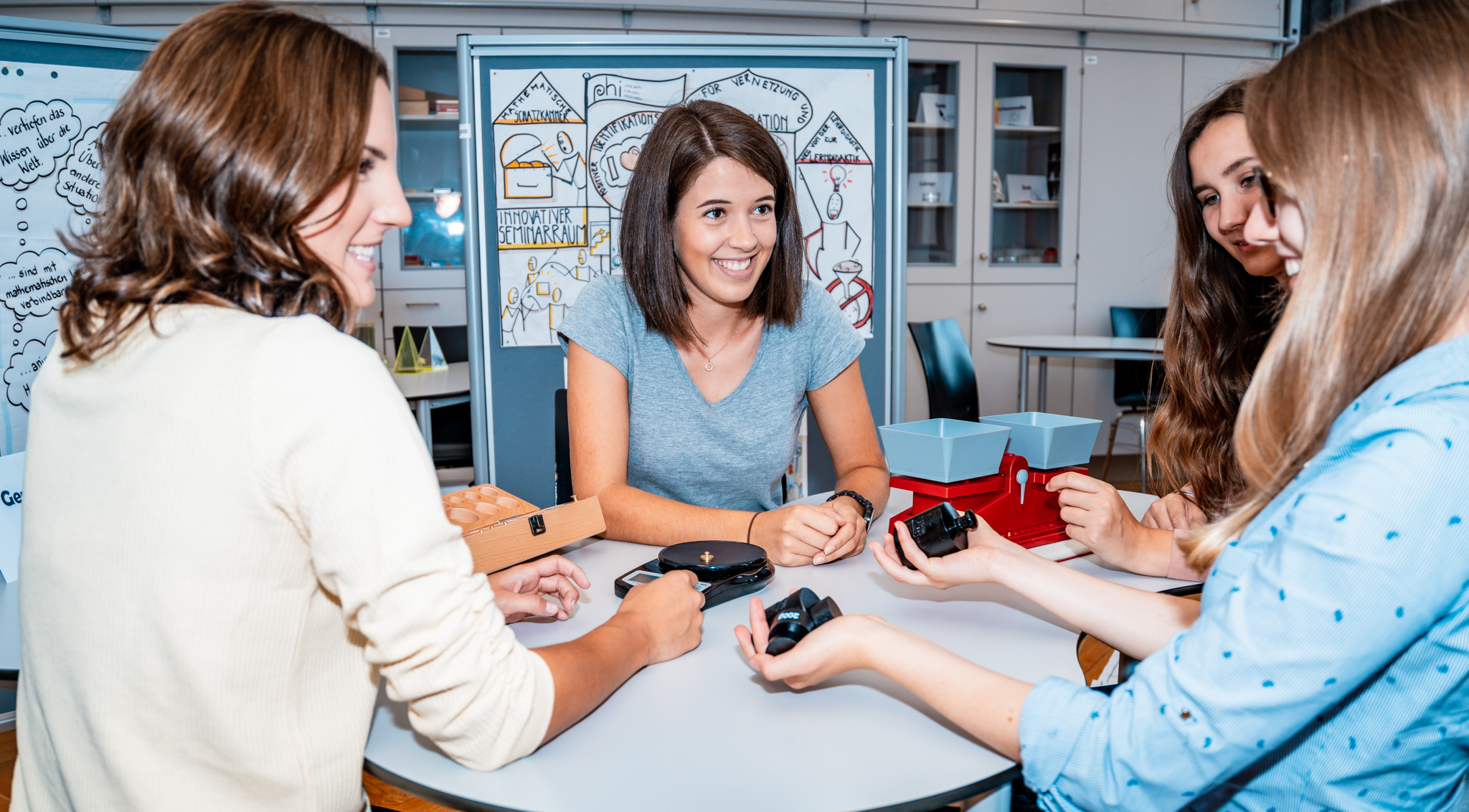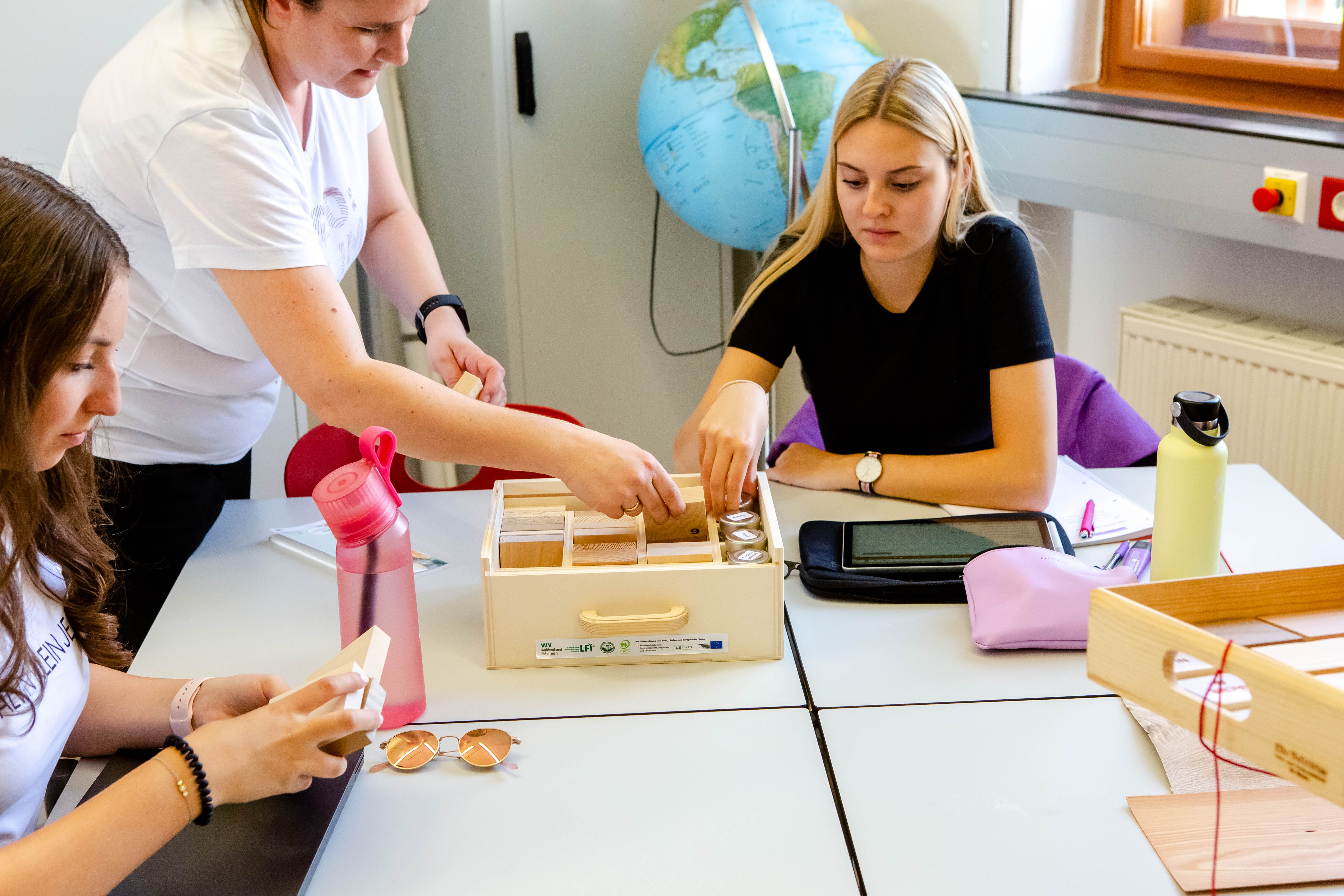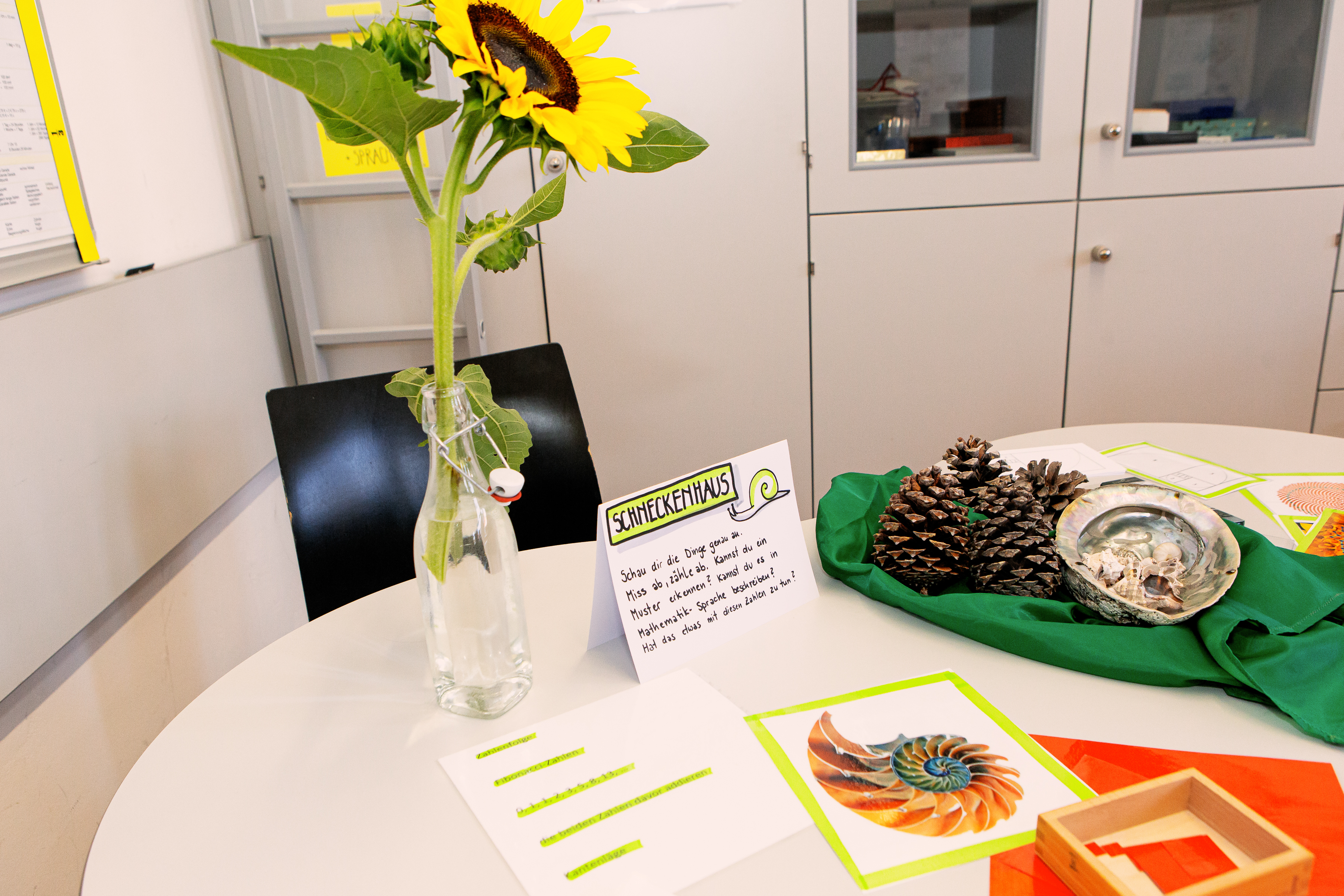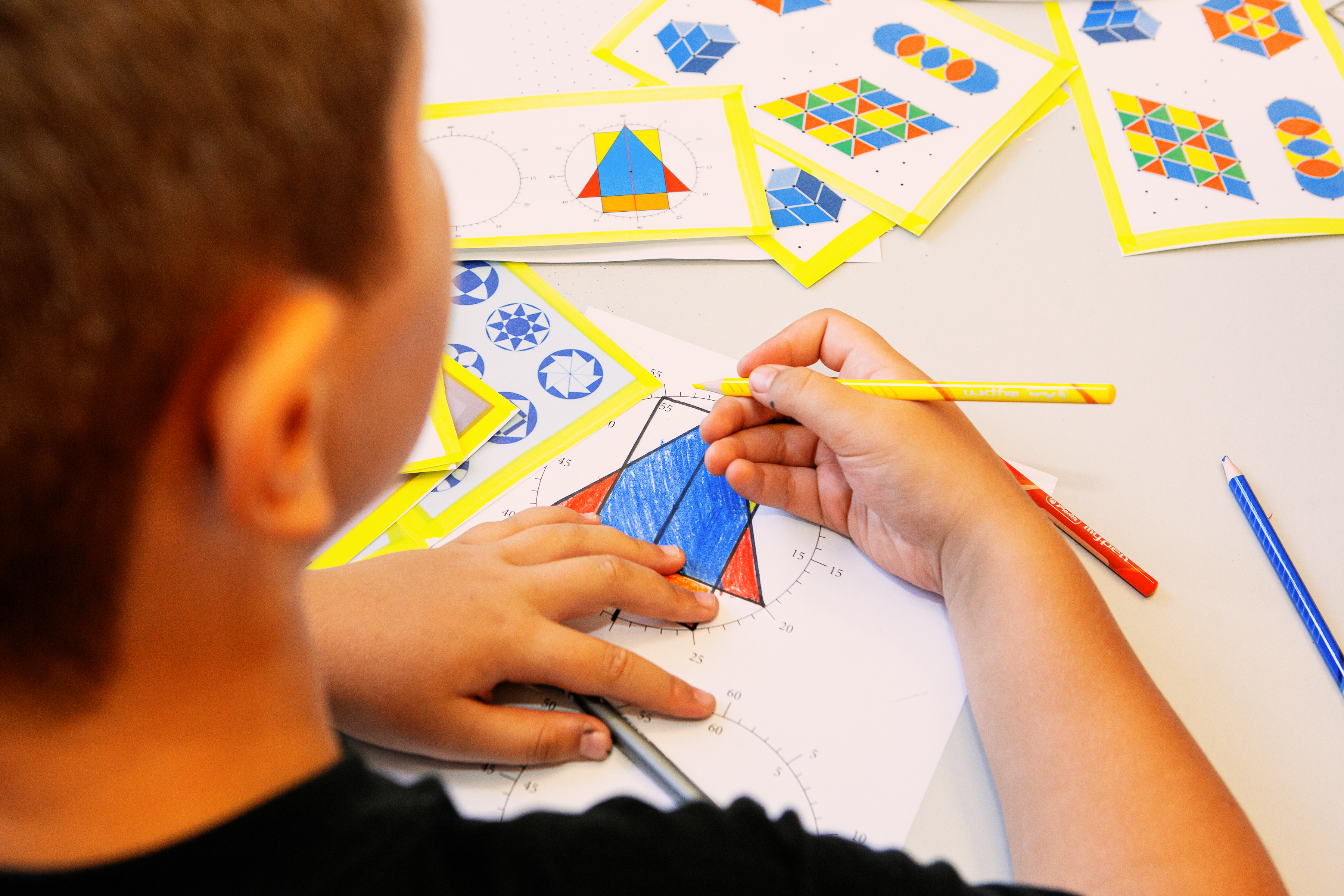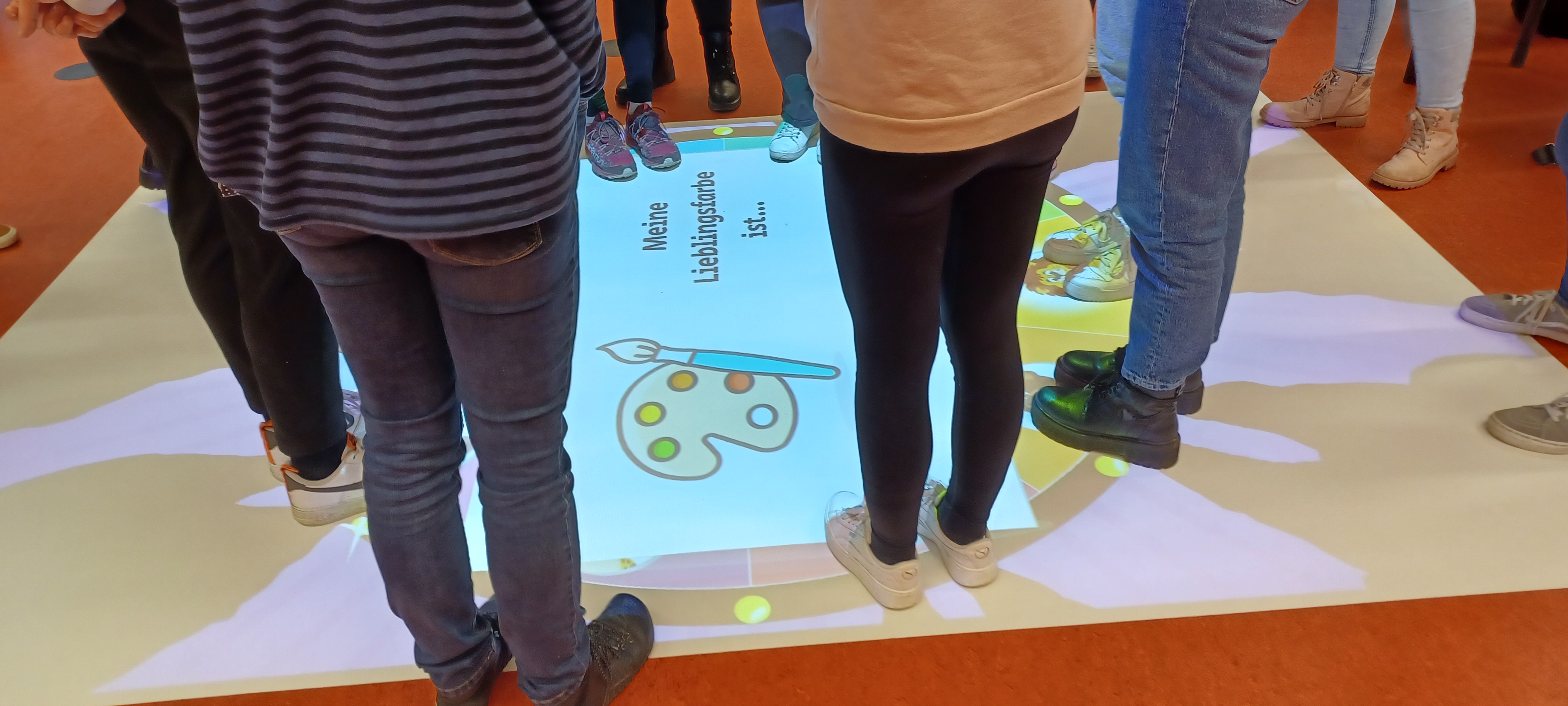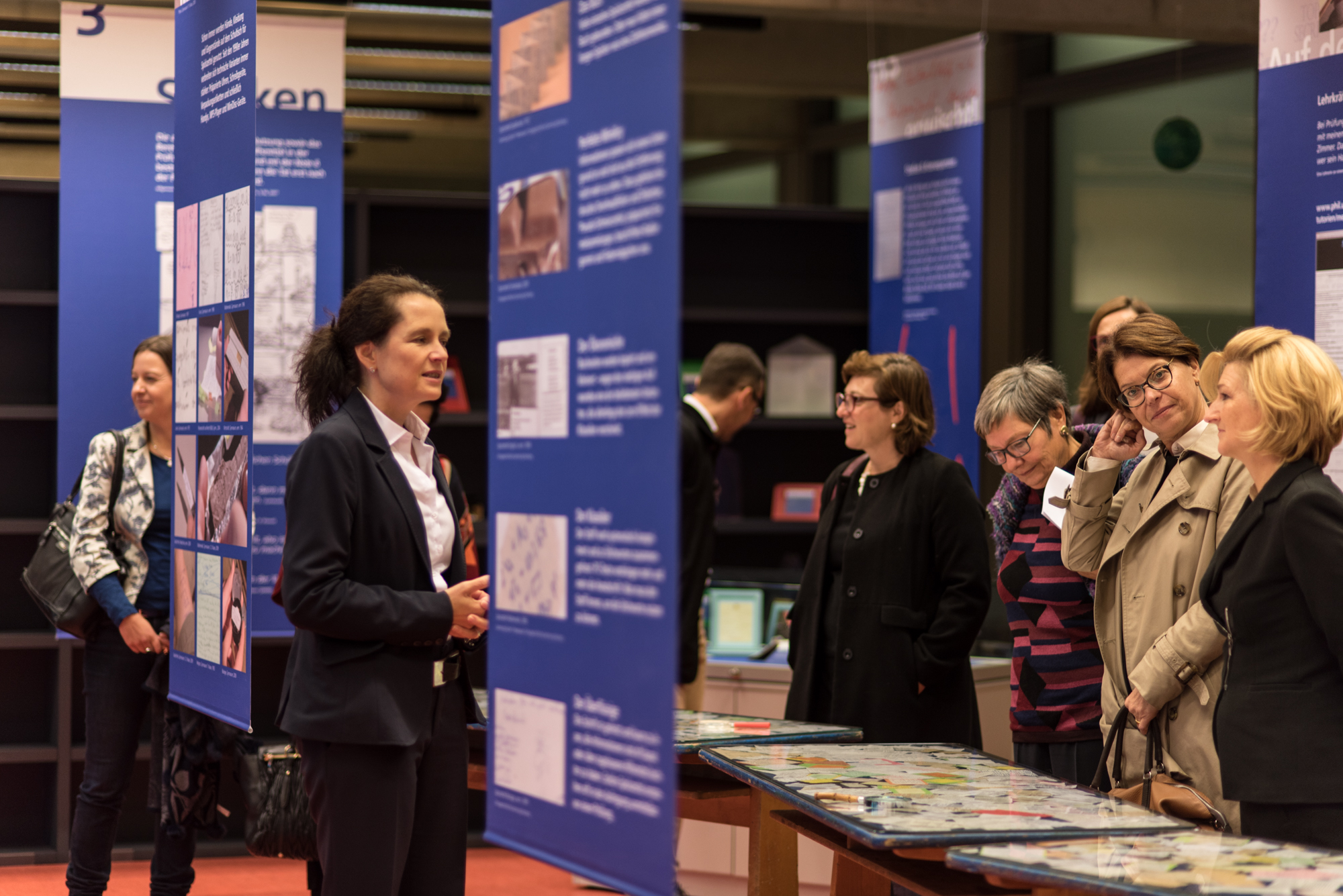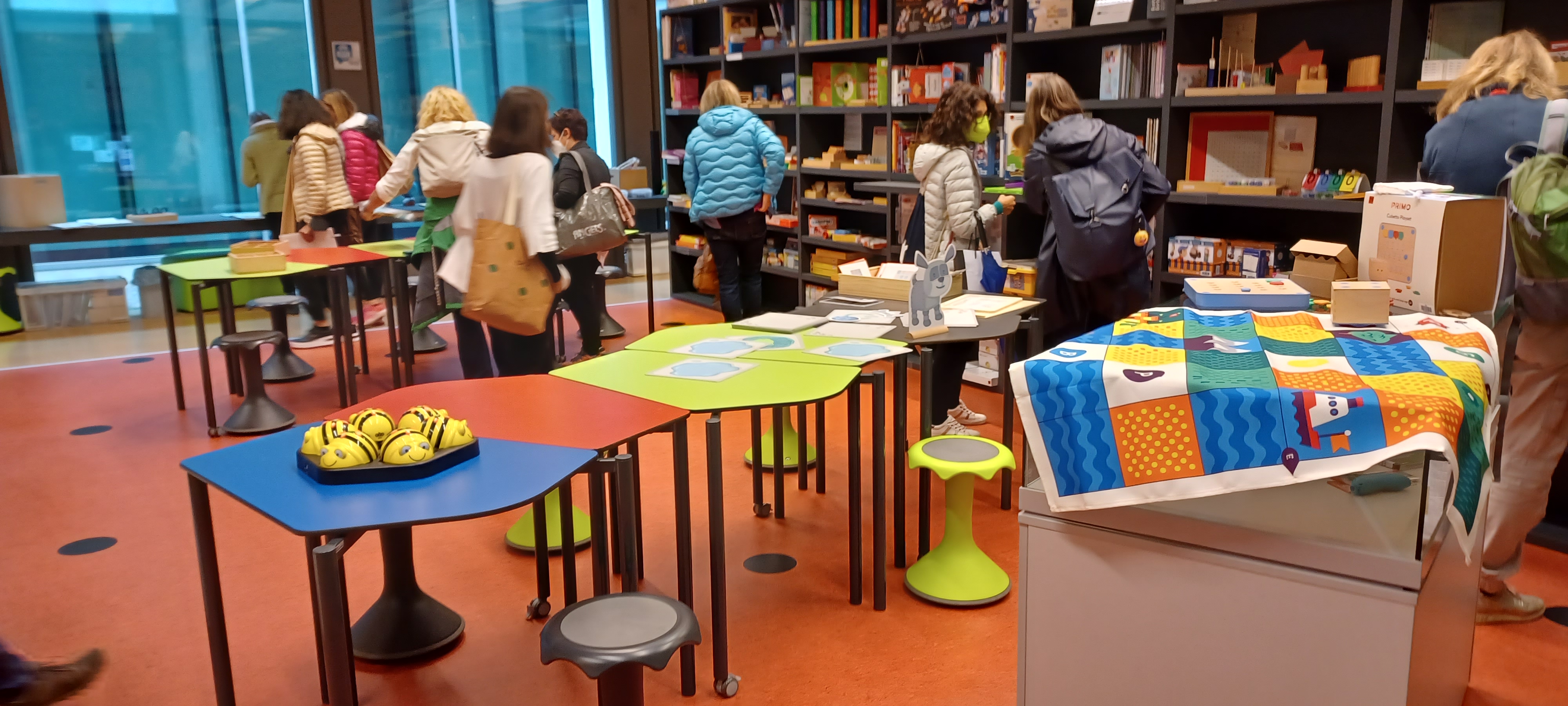- Start
- NeHle e.V.
- Hochschullernwerkstätten
- Tagungen
- Übersicht
- 2026 - Aufbruch
- 2025 - Halle
- 2024 - Graz
- 2023 - Trier
- 2022 - Frankfurt (digital)
- 2021 - Saarbrücken (digital)
- 2020 - Wien
- 2019 - Brixen
- 2018 - Erfurt
- 2017 - Bremen
- 2016 - Saarbrücken
- 2015 - Osnabrück
- 2014 - Berlin
- 2013 - Solothurn/Brugg
- 2012 - Siegen
- 2011 - Kassel
- 2010 - Linz
- 2009 - Halle
- 2008 - Berlin
- Literatur
- Kontakt
Material Equipment
The material equipment is an integral part of the design of a "Hochschullernwerkstatt". The selection, composition and presentation of the equipment is based on the respective concept, i.e. the target groups, specific goals and the pedagogical and didactic orientation. The material equipment includes, on the one hand, objects such as furniture, equipment and tools and, on the other hand, materials such as everyday materials, natural materials, consumables, didactic materials, media and literature, as well as ‘traces’ left behind by learners (e.g. works by students or children). It is essential to reflect on and further develop the material equipment in terms of the selection, arrangement, presentation, flexibility, accessibility and usability of the materials and objects as part of an ongoing concept development process. This debate often touches on the following areas of tension: the relationship between the range of materials and room design, between too little and too much, between aesthetic demands and practical use, between a feel-good atmosphere and a working atmosphere, between child orientation and student orientation, between participation and fixed rules, between order and productive disorder, between orientation and irritation, and between analogue and digital. Considerations regarding material equipment take place against the backdrop of scientific discourse on spaces and materials and their significance for teaching and learning with reference to different disciplines.
Lead author: Franziska Herrmann
Back to the definition of "Hochschullernwerkstatt"
© 2024 lernwerkstatt.info | Impressum | Datenschutzerklärung |



